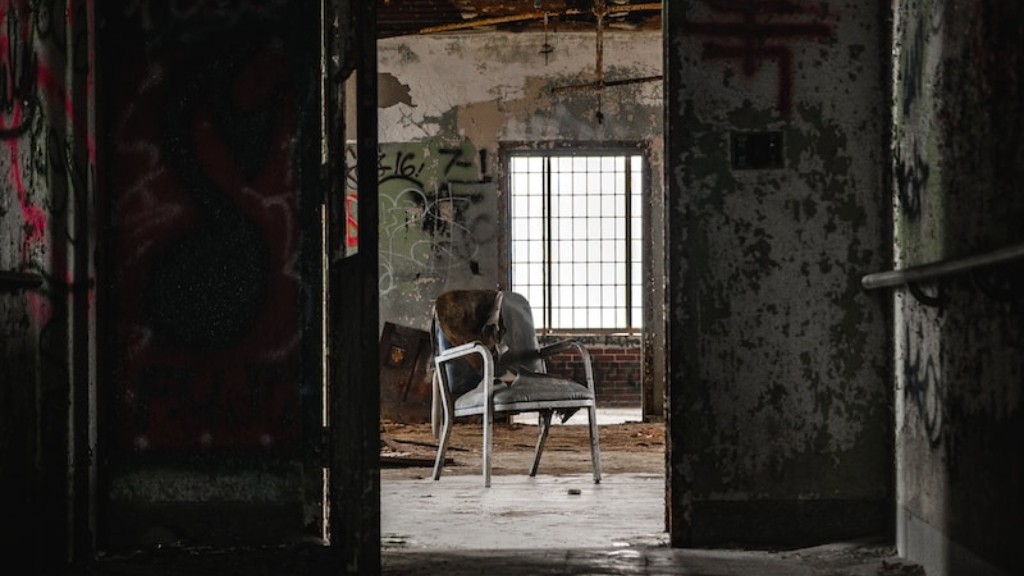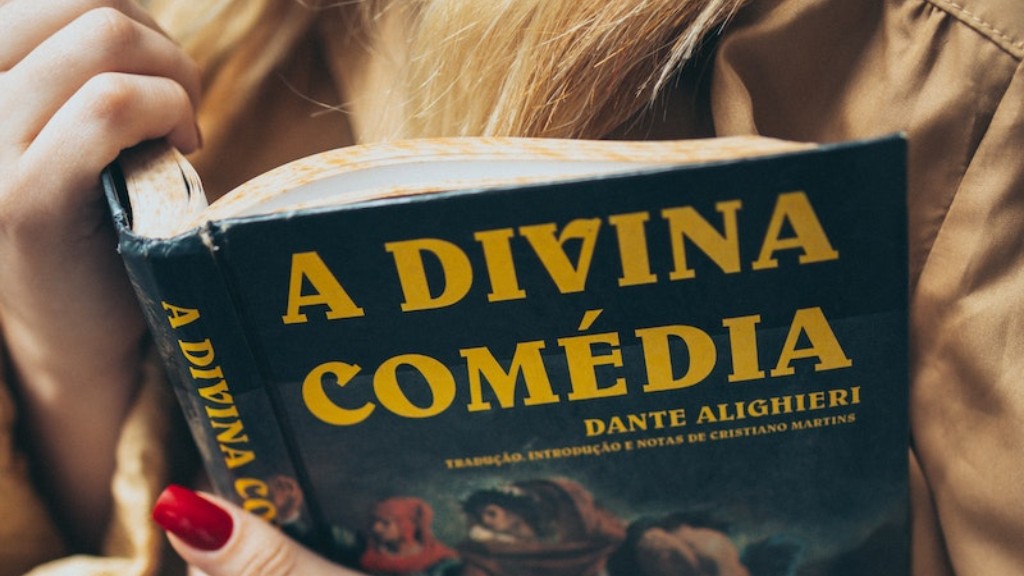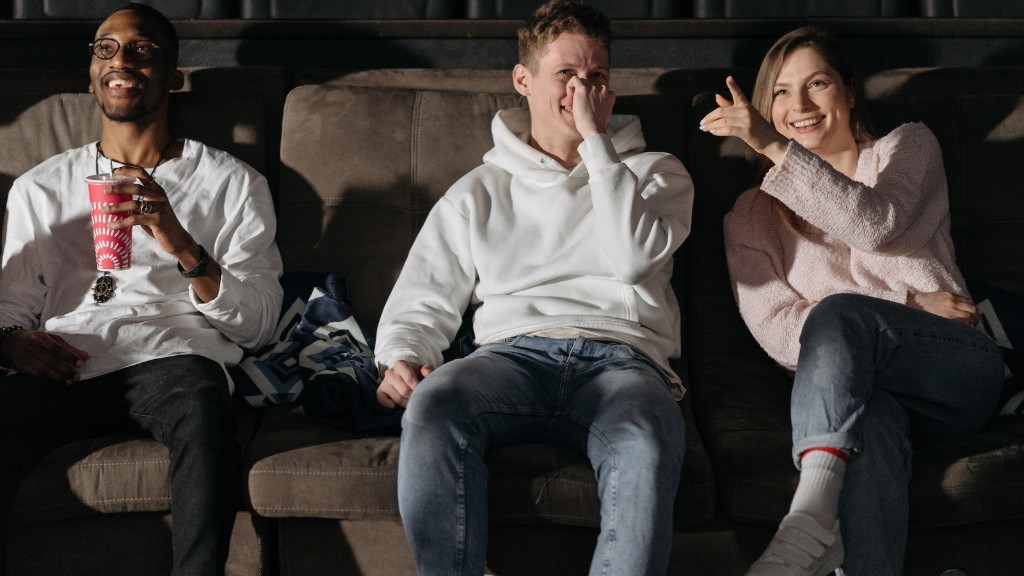Gangster movies can be a fascinating genre – typically filled with violence, expressive dialogue, gripping storylines, and unexpected characters. From classic films like The Godfather franchise to modern movies like Baby Driver and Joker, gangster movies have gained a unique kind of following in the cinematic world. But what were people’s emotions when these movies first hit the screens?
Throughout the years, gangster movies have had a strong impact on public perception. In the late 1920s and early 30s, the Prohibition era saw a spike in gangster-centered films. During this time, people were exposed to stories of illegal bootlegging, clashes with the law, and prohibition causes. People resonated with these films and the entertainment they enjoyed while they watched was also a form of escapism. It was already a turbulent time as the Great Depression was in full swing and the ongoing gangster films provided a sense of comfort and distraction.
Gangster movies from the 20s and 30s were more often than not based on real-life criminals and their stories. Famous gangsters such as Al Capone and Machine Gun Kelly became household names for the public. People felt connected to the stories that the films told of their lives and followed them intently to see if they got their happy ending. As a result, many felt a special bond between themselves and the gangsters on the screen.
In the decades since then, gangster movies have taken on a range of new forms. Where they oncw focused mostly on historical figures, they now delve deeper into the culture surrounding organized crime. Movies have prominently featured gang-related violence as well as tales of redemption, exploring different ways in which characters deal with their situation. While people still enjoy the excitement of seeing lawbreakers triumph in the end, their reactions to the films can often be more nuanced. People recognize that despite the criminalized path these characters take, these films can portray some of the challenges of contemporary life.
Experts believe that beyond providing entertainment and excitement, the enduring popularity of gangster films is due to their relevance and relatability. On one hand, it is easy for audiences to draw parallels between the lives of the characters on the screen and their own. On the other hand, it is not hard for people to sympathize with the downfalls that the characters go through. As such, viewers feel a more emotional response while watching, even looking past the crime and the thriller surrounding the stories. By the end of it all, people have an emotional sort of attachment that they wouldn’t have had with any other type of film.
Gangster films have a kind of emotional allure that viewers find captivating, an allure that makes them timeless. People form connections through characters and stories, and these films give them a chance to inhabit another person’s experience. From The Godfather to City of God, and films like The Irishman and The Departed, gangster movies continue to fascinate people to this day and will undoubtedly remain popular for years to come.
Impact of Technology on Gangster Movies
Technology has played a key role in the evolution of the gangster movie genre. With the introduction of computer-generated imagery (CGI), as well as other video and audio enhancements, filmmakers are now able to give their projects a truly unique style and raise the production value. From ultra depressing deaths with added rain effects to luxurious mansions with exaggerated lighting, the level of detail achieved with CGI has improved audience immersion through these movies.
The advancement in technology has allowed filmmakers to experiment with their stories in new and exciting ways. For example, the filmmakers of Joker put a lot of thought into their visual aesthetic, blending iconic imagery like clowns and dark hallways with expansive cityscapes and scenes saturated with bright lights. This created a compelling atmosphere that hypnotized viewers and carried them through the story. Technology also enabled a level of realism as the realistic characters, environments, and effects created a heightened sense of empathy amongst viewers.
Furthermore, technology has allowed gangster movies to break away from traditional filming styles. Young filmmakers with innovative ideas can create projects with smaller budgets and fewer resources than ever before. This has helped gangster movies appeal to a younger audience, as well as explore new stories, styles, and ideas.
The Themes of Gangster Movies
Gangster movies follow two main themes: ambition and loyalty. Besides working together, the main gang leaders are depicted with a mind-set of dominating their world and creating a strong presence throughout their respective communities. As characters climb the ranks and find success, audiences become enthralled by their ambition but also develop respect for their loyalty. Despite the mistakes and violence, audiences are drawn to their audacity and dedication to their duties.
Additionally, these movies often focus on a protagonist’s journey to power. As the movie progresses, difficult choices must be made within the morally ambiguous environment of organized crime. This story arc often leaves viewers with a moral dilemma, as they ponder the hard choices that have to be made in order to attain success. While these characters often commit acts of violence, their journey to success and their willingness to take risks are often celebrated. Thus, gangster movies provide an interesting exploration into the age-old adage of “the ends justify the means”.
Moreover, gangster movies tend to portray individuals with a nihilistic outlook on life. In such stories, honor, loyalty and justice rarely win. Characters are often living on the edge of life and death, and one wrong move would send them crumbling down a long dark road. These are stories of chaos and despair that resonate with people on a deep level. With their nihilistic themes, these stories can tell us a great deal about the consequences of the choices that we make in our own lives.
Style of Gangster Movies
Gangster movies have a distinct style that sets them apart from other types of movies. These movies tend to be highly stylized and contain a range of details from clothing to dialogue and scenery that create a unique atmosphere. Most gangster movies feature dynamic tracking shots, a technique used to instantly infuse a scene with energy. Additionally, their soundtracks are often characterized by their heavy use of blues, jazz, and hip-hop music, which helps take viewers into the lives of the criminals on the screen.
The scripts of these movies also tend to have an intense rhythm. Characters often talk in fast cadences and deliver dialogue with a specific diction. Rapid-fire dialogue mixed with sharp language creates a heightened level of tension and keeps viewers at the edge of their seat as they eagerly anticipate the next move. Furthermore, the costumes characters wear often reflect their hierarchy in the gang — large fur coats, gold chains, and dark tinted sunglasses are often donned by leading characters.
With its unique visual, auditory, and kinetic features, it’s not hard to see why gangster movies have become so popular. All of these ingredients combined create a captivating world that draws viewers in and keeps them on the edge of their seat as they explore the underground world of organized crime.
The Message of Gangster Movies
Gangster movies often offer an intriguing exploration of power and ambition, as well as a nuanced take on morality. Though these films often follow characters involved in criminal activities, the underlying message of these stories goes beyond the criminal elements. Through their stories these movies highlight the consequences, both good and bad, of living an intense lifestyle. They show that human connections are more valuable than material gains and that it’s never too late to make changes and turn one’s life around.
These movies also often bridge the gap between sympathetic characters and chaotic crime. Despite their criminal actions, audiences are often taken into the minds of characters and see them as human beings with struggles. Audience reactions to these movies tend to be divided as they grapple with the characters’ choices. However, this division serves to create an engaging discussion and heal the divide between viewers of different stances.
Besides being entertaining, gangster movies ultimately reveal a lot about the human experience. Through their portrayal of the characters – their decisions, ambitions, flaws, and relationships – the stories aim to drive home the idea that life is always spinning and the world is constantly changing.
Influence of Gangster Movies
Gangster movies have had a tremendous influence on artists and filmmakers alike. Directors such as Martin Scorsese, Quentin Tarantino, and Francis Ford Coppola have all used gangster imagery in their stories. Additionally, hip hop music advocates often reference scenes from these movies in their lyrics, which further illustrate the profound impact these movies have had on pop culture.
The influence of gangster movies has also extended beyond cinemas and radios into the fashion world. Clothing lines featuring bold patterns and abstract designs are often inspired by the costumes and fashion statements of characters in these movies. Celebrities have also adopted “gangster” fashion styles, making the look popular among fans.
Gangster movies have become a recognizable part of popular culture. With their stories of power, ambition, and morality, they offer a unique way of looking at the human experience. The influence of these movies is evident in many different areas, from fashion and music to literature and television.
Reception of Gangster Movies
Gangster movies have gained an immense amount of popularity over the years, in part due to the realistic nature of their stories. From classic films to more recent releases, viewers have been drawn in by the action and suspense these movies bring. People have also been engaged in the debate about morality, as the characters’ decisions often spur conversation and give viewers a different perspective on life.
With their gratifying and adrenaline-fueled stories, gangster movies have no doubt become part of modern culture and will likely remain relevant and impactful for many years to come. People may have different reactions to the movies, but they all have a common appreciation for the craftsmanship and the amount of effort put into each film.
Nevertheless, many people are conflicted about the representation of gangsters in film. On one hand, these movies can be seen as an inspirational source for those looking for an escape from their troubles. On the other hand, there is the risk of glamorizing violent activities and encouraging destructive behavior. Still, filmmakers and viewers must find a way to enjoy these movies while considering the message they portray and the impact it may have on viewers.




